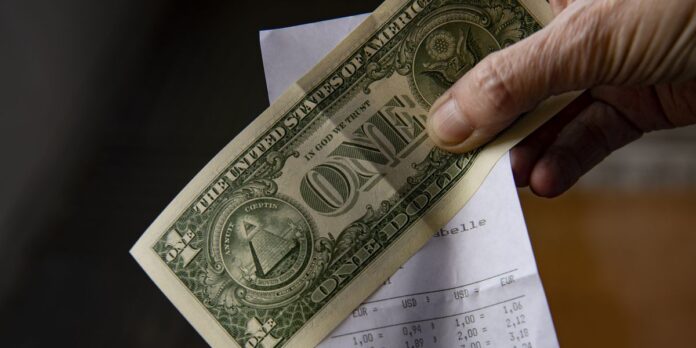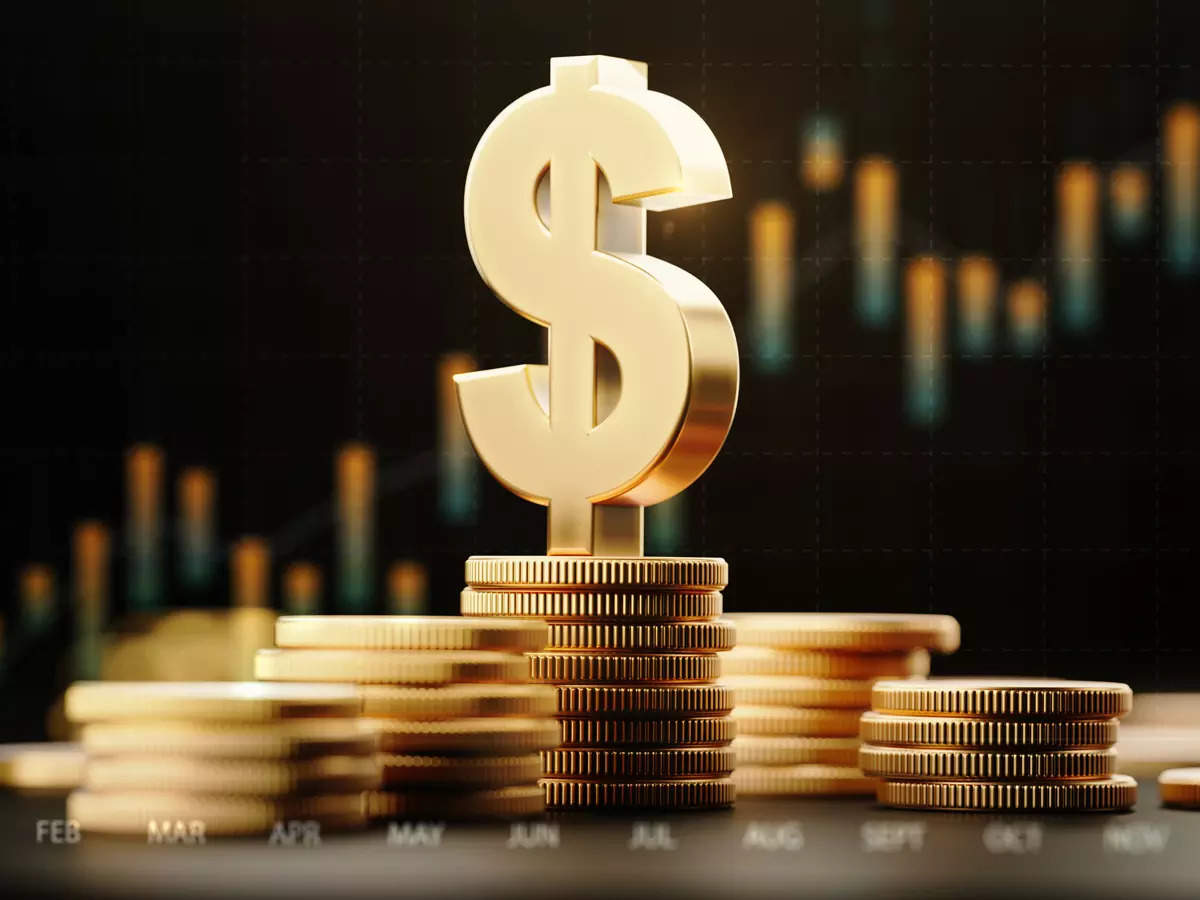
The U.S. dollar is the world’s reserve currency and is used for international trade and transactions. Despite its status, the U.S. dollar is not invisible.
But in recent years, its position as the world’s most trusted form of currency has come under threat internally and externally.
In this article, we’ll discuss five reasons why the U.S. dollar is facing an uncertain future and the solutions that could be taken to address this.
1. Saudi Arabia potentially pricing their oil in yuan

The Wall Street Journal reported in 2022 that Saudi Arabia was negotiating with Beijing to quote some of its oil sales in the yuan. It is a move that is likely to undermine the U.S. dollar’s global petroleum dominance and mark another move by Asia’s top crude exporter toward Asia.
For six years, China and Saudi Arabia have been discussing yuan-priced oil contracts, but last year talks accelerated as the Saudis became increasingly dissatisfied with U.S. security commitments.
Also, China buys more than 25% of Saudi Arabia’s oil exports. So it is no surprise that the Saudis are looking to switch to a yuan-based system to reduce their reliance on the U.S. It would boost the Chinese currency’s standing if those sales were priced in the yuan.
Get more on this topic from geopolitical writer Amir Handjani.
2. The emergence of other currencies like the Chinese yuan or euro
The role of the U.S. dollar (USD) as the world’s leading reserve currency has drawn the attention of academics, policymakers, and market participants over the last 20 years. It has been suggested that the USD may lose its prized status.
A paper by UC Berkeley economist Barry Eichengreen in 2005 suggested that the Chinese yuan would not challenge the USD as the world’s reserve currency within 20 or even 40 years. But the USD may start sharing its dominant position with the euro.
According to a note published by the US Treasury Department in 2010, six factors determine whether a currency is used as a reserve currency: GDP, exports, domestic capital markets, convertibility, currency regime, and macroeconomic policies.
The US dollar still ranks on top in five of them. However, the birth of the eurozone and the entry of China into the WTO have heralded a new era for the USD’s reserve status.
The active foreign policy of the United States, the absenteeism of European foreign policy, and the adoption of sustainable policies by the bloc could all contribute to higher euro allocations.
Meanwhile, yuan-denominated instruments will continue to attract flows in response to China’s financial innovations, such as payments and blockchains.
Moreover, China’s reserve managers realize that overweighting Treasury securities is an ineffective way to allocate reserves and a risk to financial stability.
3. The increasing U.S. national debt

The government spends when the national debt is below the tipping point, contributing to an expansion of the economy. This means citizens will have access to more funding for programs.
However, when debt reaches a tipping point, it could impact the standard of living. Interest rates may increase, which could slow the economy.
If investor confidence is low, the stock market might react negatively, which could result in lower investment returns. There is even the possibility of a recession.
As a result, a country’s currency’s value is also impacted as the value of its bonds is connected. The value of foreign bondholders’ repayments declines as the currency’s value declines.
The result is a further decrease in demand and a rise in interest rates. The decline in the value of a currency may result in higher prices for goods and services, which contributes to inflation.
4. Currency tensions between the U.S. and China
The United States and China have continued to engage in an intense battle over various issues, including trade and currency. China does not intend to make the yuan an international currency (immediately).
They claim their goal is not to dethrone the dollar and replace it with the yuan. Instead, it is developing regional intergovernmental organizations, such as the SCO, to make the yuan a powerful regional currency.
The Chinese government wants to use the yuan more widely in cross-border trade settlements and investment, reduce its reliance on the dollar, and minimize exchange risk.
China’s economy remains vulnerable to U.S. dollar hegemony, so they are developing alternative systems to protect themselves.
5. U.S. sanctions imposed on other countries

Central banks may diversify their foreign reserves portfolios instead of overly relying on the U.S. dollar because the U.S. is highly trigger-happy with its economic sanctions. The question on their minds is whether it is wise to rely solely on the dollar.
In the most recent act, the U.S. effectively froze Russia’s central bank reserves and disconnected it from the interbank messaging system, SWIFT. The result is that the dollar plays fewer and fewer roles in central banks’ portfolios.
Although, at this moment, the U.S. Dollar is still the world’s reserve currency, it is not as invisible as we once thought. The factors mentioned in this article highlight that.








